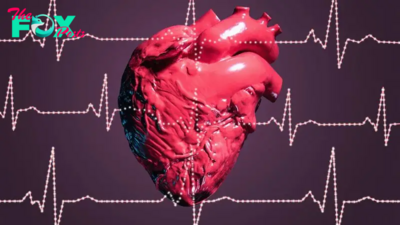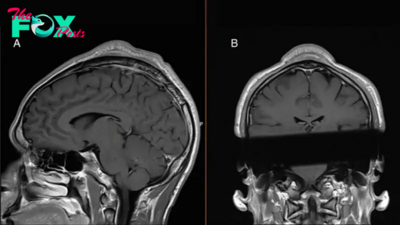Health
What is ASMR, and why do only some people experience it?
A makeup brush swirling around a microphone, scissors gently snipping through thread, a person softly whispering — a search for "ASMR videos" turns up these and many more alluring sounds, and the catalog of videos has only grown since the phenomenon took the internet by storm in the 2010s.
But what, exactly, is ASMR, and how does it work? And can everyone experience ASMR?
ASMR stands for "autonomous sensory meridian response." Coined in 2010 by Jennifer Allen, who later founded online forums for ASMR, the term refers to a spontaneous, or automatic, sensation that's triggered by some stimulus and crescendos to a peak.
The phenomenon itself has different meanings for different people, said Giulia Poerio, a psychologist at the University of Sussex in the United Kingdom. But most researchers and listeners agree that ASMR has two major components: a tingly or "sparkly" sensation that begins in the head and then spreads down the spine, and a sense of euphoria and relaxation.
"It's kind of like having your hair stroked," Poerio told Live Science. Alternatively, ASMR feels a little like the chills that some people experience when listening to music, she said. But while music-induced chills can make your heart beat faster and your hair stand on end, ASMR tends to lower a person's heart rate and slow their breathing.
Related: What causes tinnitus, and can it be treated?
People experience ASMR in response to triggers, which can take lots of forms. "ASMRtists" who whisper into and tap their fingers upon microphones are particularly popular on YouTube. But in addition to auditory stimuli, tactile sensations, such as someone gently brushing your hair, can trigger ASMR, according to Poerio.
-

 Health4h ago
Health4h agoHow Colorado is trying to make the High Line Canal a place for everyone — not just the wealthy
-

 Health13h ago
Health13h agoWhat an HPV Diagnosis Really Means
-

 Health18h ago
Health18h agoThere’s an E. Coli Outbreak in Organic Carrots
-

 Health1d ago
Health1d agoCOVID-19’s Surprising Effect on Cancer
-

 Health1d ago
Health1d agoColorado’s pioneering psychedelic program gets final tweaks as state plans to launch next year
-

 Health2d ago
Health2d agoWhat to Know About How Lupus Affects Weight
-

 Health5d ago
Health5d agoPeople Aren’t Sure About Having Kids. She Helps Them Decide
-

 Health5d ago
Health5d agoFYI: People Don’t Like When You Abbreviate Texts



























